The Public Space Academy aims to shift global public space practices towards an inclusive and equitable common future by delivering high-quality, free, open-access and interdisciplinary educational content to all public space lovers, researchers and practitioners, especially those coming from fragile socio-economic contexts. In addition, the Academy believes in the need for a public space agenda for local implementation of projects and initiatives, mobilising governments, academia, the private sector, and citizens.
The Academy’s mission has been recognised and supported by renowned professionals, academics, planning offices and international organisations. Our Steering Committee members come from diverse backgrounds and continents, but all of them share a profound interest, love and support for public space. Find their inspiring perspectives and insights on why we should invest in public space and why the Public Space Academy’s project can contribute to new positive changes and a more equitable global future.
Read the statements on the value of public space

Place Led Cities, United Arab Emirates
“In an age of climate change and artificial intelligence coupled with uncertainty, cities are responding to multiple priorities and designing programs, strategies, and policies that use systems thinking approaches to maximise impact for multiple sectors.
Nowhere is that more evident than in place-based approaches, specifically those building on the inherent potential of our public spaces – the physical manifestation of the social, economic, cultural, environmental, and governance structures and at times spiritual practices and communal networks of urban life in our cities. And in that respect, the urban future of the 21st century – be it tackling mental health, urban wellbeing, equity and justice, inclusion, nature, and ecosystem regeneration, economic vibrancy or urban resilience – will be charted in the way we conceive, plan, design, transform, manage and work with place in our cities and mainly public spaces.
If we want to know how our cities are doing regardless of geography, race or ethnicity, observe how we treat and use our public spaces – for here we measure the pulse of the heart of cities – we feel the life we all share!”
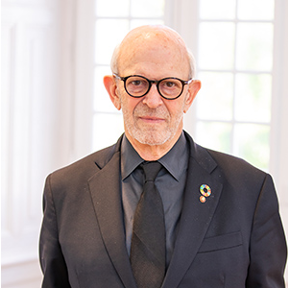
Consortium for Sustainable Urbanization, United States
“Public space is the foundation of a humane, sustainable, and resilient society. From the earliest human settlements common ground, the space between buildings and the attendant variety and range of urban spaces for gathering has served to support and advance the culture of community and as the places of consensus, argument, and resolution. These are the spaces for critical dialogue, social celebration, marketing and playing, solitary contemplation and dense audiences, and diversity of ethnicity, age and gender, and all other kinds. The typology of such spaces is rich and complex, from hardscape to soft green, small and intimate to grand and ceremonial, first to third, accidental or formal, historical, or contemporary, and always critical to the health and well-being of society.”
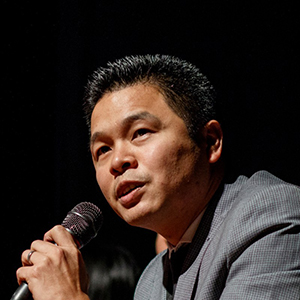
UN-Habitat, Global Public Space Programme, Kenya
“Investing in public spaces brings social, economic, and environmental benefits to cities by driving economic growth, fostering community engagement, and enhancing environmental sustainability. Public spaces attract businesses, support entrepreneurship, and provide inclusive environments that reduce disparities and promote social cohesion. Furthermore, public spaces contribute to environmental sustainability by offering green areas that improve air quality and support biodiversity. Alongside physical development, investing in intellectual and human capital through initiatives like the Public Space Academy is crucial for innovative urban design and management. By equipping future urban leaders with strategies and knowledge for creating accessible, inclusive, and safe public spaces aligned with the 2030 Agenda, the academy contributes to shaping vibrant and equitable cities, ensuring their long-term prosperity and well-being.”

KTH Royal Institute of Technology, Sweden
“The advancement of a public space agenda necessitates the adoption of placemaking strategies rooted in humanistic principles, emphasising the creation of spaces that reflect the unique identity and needs of communities. By prioritising adaptability to different contexts, this approach enables local implementation of projects and initiatives that cater to the evolving dynamics of urban and rural settings. Mobilising governments, academia, the private sector, and citizens through a collaborative and inclusive process ensures that public spaces not only serve functional purposes but also foster social cohesion, cultural expression, and environmental sustainability. Integrating placemaking and humanistic principles in public space development encourages a sense of ownership and belonging among all stakeholders, leading to vibrant, resilient, and adaptable communities.”
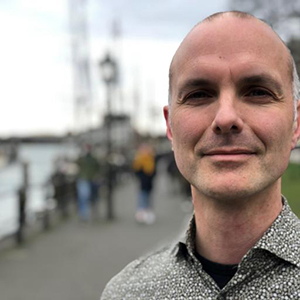
Delft University of Technology, Netherlands
“In the design of public space, we prioritise the understanding of the specific needs and desires of people in place, in balance with public issues on various scales and times. We feel obligated to do so and to find equilibria in different and often changing viewpoints. Humanities, arts, and analytics help us to inform our urban designs continuously. As such, the design of public space is never finished, and always ongoing. This aligns with the observation that there is no single public in today’s hyperdiverse society and societies are always in flux. We are too. As a matter of course, this assemblage of statements is always open for updates, invoking the radical originality of the concept of statements beyond words and sentences.”
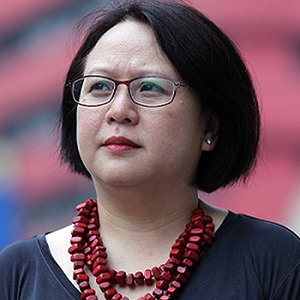
Placemaking Malaysia / PlacemakingX, Malaysia
“In a world that is becoming more and more divisive, with communities and individuals isolated, public spaces are crucial in bringing people together: they are a powerful tool for engendering belonging. Great public spaces are those that embrace all – people of all ethnicities and social classes. They are designed to allow a wide range of activities from seating and observing, to dancing, to performances, to eating, to spending time with friends and family – in short, they allow you the freedom to choose. But one of the most important aspects of a great place is that one can go there, have a good time, and have the option of not needing to spend a single cent.”
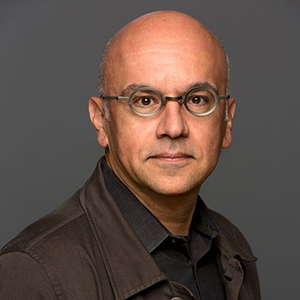
Parsons School of Design, The New School, United States
“Knowing public space holds the key to understanding complex processes of production of urban space, and to the socio-economic and spatial-material dynamics that shape contemporary cities. From Tahrir Square in Cairo to Zuccotti Park in New York City, and from Athens to Rio de Janeiro, public spaces have in this century occupied the imagination of millions of people worldwide through their capacity to enable forms of public discourse, practice and activism that seemed forgotten, and more so increasingly disabled and forbidden. The recent attempts to reclaim urban public space, particularly in the face of the increasing commodification and privatization of public resources, have brought back the belief in democratic practices and civic values that have been historically associated with cities and public spaces. They also remind us that the ongoing struggle for the right to public space, the right to the city, and the right to democratic governance has never been more important than it is today.”
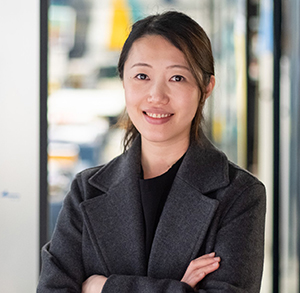
One Bite Design, Hong Kong
“Public spaces are vital in densely populated cities, offering residents a place to unwind and connect. Globally, quality public spaces foster inclusivity and sustainability, accessible to all, fostering community and culture. The Public Space Academy promotes best practices for cities to create functional and loveable public spaces, enhancing life quality. Investing in public spaces is an investment in collective well-being, creating environments where everyone feels welcome. It’s about building cities that we love and are proud to call home. Let’s shape our public spaces for a more inclusive and vibrant future.”

University College London (UCL), The Bartlett School of Architecture, United Kingdom
“Public space provides a unique matrix for everyday life to unfold. This matrix becomes particularly crucial in contemporary times, as people negotiate conflicts and differences through various spatial behaviours and patterns within it. In this manner, public space offers the essential agency for individuals to create, negotiate, transgress, and redefine relationships with cities and communities. By bridging the importance of international and interdisciplinary learning and discourse on public space, the Public Space Academy offers an invaluable platform for the co-production of critical knowledge systems.”
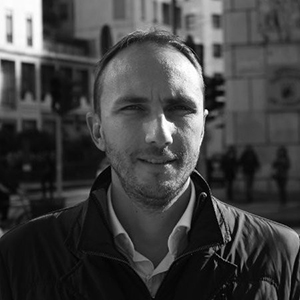
ARUP, Italy
“Public spaces should represent the quintessence of a community: open, inclusive, attractive, alive, safe, and resilient places where collective life takes place in harmony. We know that often this is not the case, at least not for a good part of our cities, especially in geographies where urbanisation processes are faster and less controlled. For this reason, it is essential to invest in public spaces, especially to create awareness in people who will be directly involved in the transformations of our cities, and the Public Space Academy can play a leading role in this regard.”
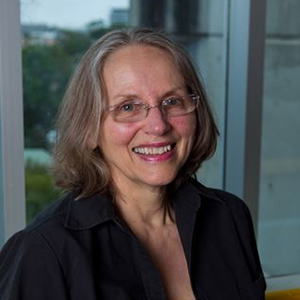
Columbia University, Centre for Sustainable Urban Development, United States
“Public space is inextricably connected to the concept of public freedom. Hannah Arendt considered that agency in public space is essential to human existence. While we pursue good design and humanist approaches to public space that foster social and environmental benefits such as social cohesion, communication, sociability, comfort, environmental sustainability, and biodiversity, do we lose sight of the importance of Arendt’s notion of agency? How do you design for the agency, and whose agency? Can Said’s ‘Orientalism’ help as we think about the ‘what’ and the ‘ how’ of public space in these polarized times? What can we contribute to war-ravaged cities and towns? We know cities, except for the big metros, are shrinking. We know that except for Africa, country population growth is slowing and ageing. These trends are critical for public space in cities, towns, and villages worldwide. The Public Space Academy, with its focus on theory and action and its global reach, is well-placed to ask new questions and propose new approaches to investors.”
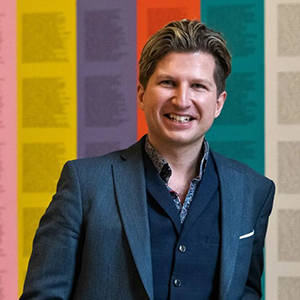
London Metropolitan University, United Kingdom
“From a public art perspective, the idea of public space may not literally be confined to a spatial concept and may be opened to a broader understanding of the public sphere: within this realm, art can play a crucial role in fostering new dialogues and experiences – in reimagining our experience of ‘publicness’. Yet it is significant that what often comes to mind, when thinking of public art, are typically large objects, often permanent, that mark public space with an assertion of scale and time: there is a danger that this perception of public art reduces public spaces to somewhere that simply needs “decorating”. At its best, public art can actively and creatively engage with the performative relations between public and space: it doesn’t need to be permanent nor indeed large – it can be immaterial, ephemeral and even virtual. Rather than being decorated, public space can truly benefit from art and creative practice as a means to explore its cultural and human value and to foster a sense of community within it.”
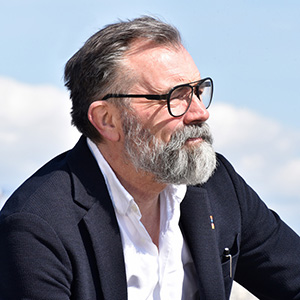
SWA + U, Denmark
“If we are to nurture a city where life can unfold, we need more than buildings alone, we must also consider the quality of the urban environment. The relationship between the public realm and its interface with the buildings themselves must be enriched. We as architects and urbanists can use architectural ‘nudging’ to encourage social interaction and enable serendipitous encounters. Public spaces are neutral forums in which democracy unfolds daily, and in which all kinds of people can interact, or not. This is where people can be seen and observe others, reflect themselves in others, and where respect and tolerance for others can develop, thereby creating meaning for the individual or a group of people.”
We are on the path of shifting global public space practices together!
Share WHAT PUBLIC SPACE MEANS FOR YOU? and become a part of our worldwide spread community of public space practitioners, advocates, researchers, and lovers.